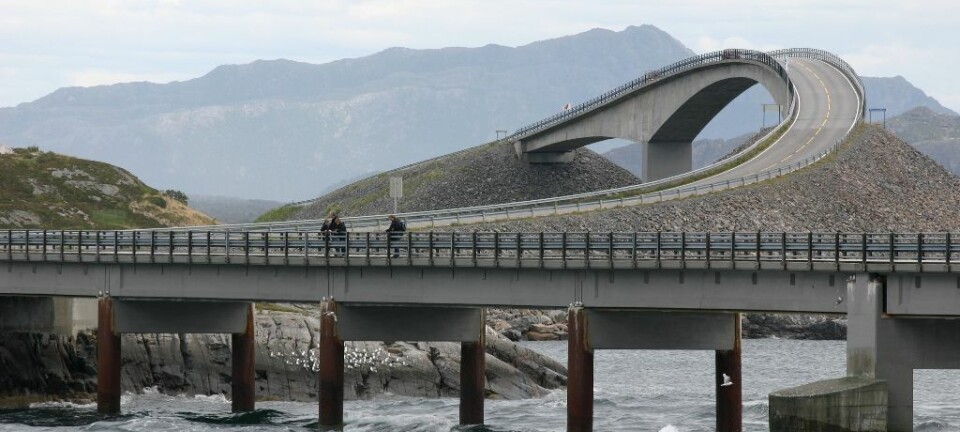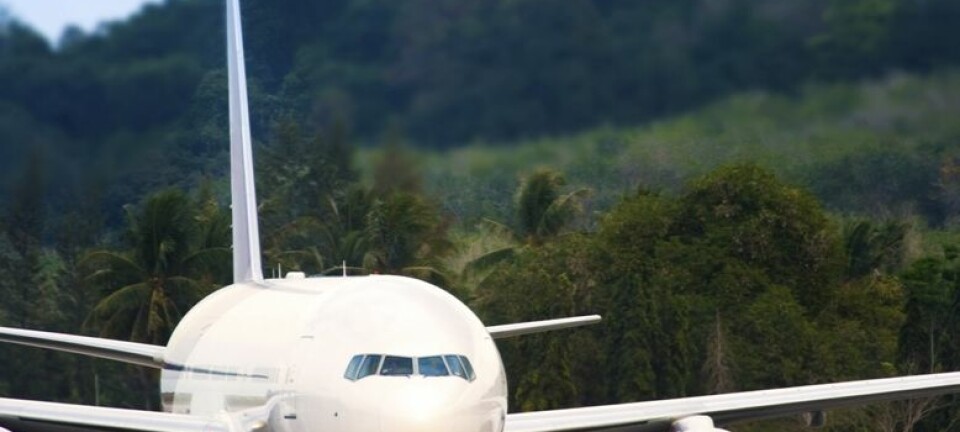
Urban planners have little sway on lowering use of cars
Environmentally friendly cities with densely populated downtown centres offering a comprehensive array of services are not what changes people’s use of cars; the key lies with the residents themselves.
So-called sustainable cities are compactly built and meet the needs of residents with a healthy mix of dwellings, stores and office buildings combined with an enticing grid of bicycling and pedestrian paths. Essentially, they are designed to discourage the use of cars. But a new Swedish study concludes that our personal travelling and commuting habits, rather than geographical proximity, are what primarily impact our use of automobiles.
Planners strive to make cities more people-friendly than car-friendly. Erik Elldér, of the University of Gothenburg’s School of Business, Economics and Law, has made a comprehensive study looking into the ways which built environment actually influence daily travel.
Reducing the importance of proximity
“Geography, in terms of the built environment and location patterns, was traditionally, and still is, emphasized by many scholars, policymakers, and planners as greatly influencing people’s daily travel behaviour,” writes Elldér in his doctoral dissertation.
Residents’ geographical proximity to schools, stores and jobs, brought about through functionally integrated building practices, is a common aim of urban and regional planning as a means of creating more sustainable daily traffic. But he writes that such a smartly built environment does not ensure success:
“Our increased opportunities to overcome geographical distances through the mounting use of cars, improved public transport facilities, etc., reduce the importance of proximity and the built environment’s design.”
Much larger activity radius
Elldér points out that Swedes currently transport themselves 20 times more than they did a century ago. In the beginning of the 1900s they travelled just a few kilometres daily, whereas now the average is 45 kilometres per day.
Comparable developments have occurred in all the industrialised countries. In Norway the commute to work alone rose from 10.5 km in 1985 to 16.3 km in 2013/14, according to the Norwegian Centre for Transport Research.
Given improved access to flexible transport and new opportunities for working from home, the importance of the near environment can be easily trumped by our private preferences – not just where we choose to work, but where we shop or take a weekend jaunt.
Travel patterns
Elldér looked at the ways in which Swedes travel and commute, using studies of national travel habits and data registers of Swedish workplaces. He wanted an overview of how travel patterns were influenced by various aspects of local environments – key factors such as public transport, stores, services, schools, day-care and places of work.
He stresses that geographical proximity of residences to such destinations and facilities still impacts how far people travel daily.
But his analyses show that the importance of this closeness is being undermined in several ways.
Flexibility with regard to jobs, and particularly the opportunity to work from home or other places of our own choosing, has reduced the need to commute and the significance of living close to where we make our income. The things a region can offer have become more important than what the neighbourhood can offer.
Given that most vehicles still run on fossil fuel, any serious attempts at creating sustainable travel patterns need to focus on more than architecture and compact and diversely mixed environments, concludes Elldér. Urban planners and politicians need to combine such efforts with comprehensive actions aimed at the residents themselves – things such as convincing information campaigns, cheaper public transport and prohibitive road fees.
Referanse:
Erik Elldér, The changing role and importance of the built environment for daily travel in Sweden, doktoravhandling, Handelshøgskolan, Gøteborgs universitet, 2015
----------------------------------
Read the Norwegian version of this article at forskning.no
Translated by: Glenn Ostling










